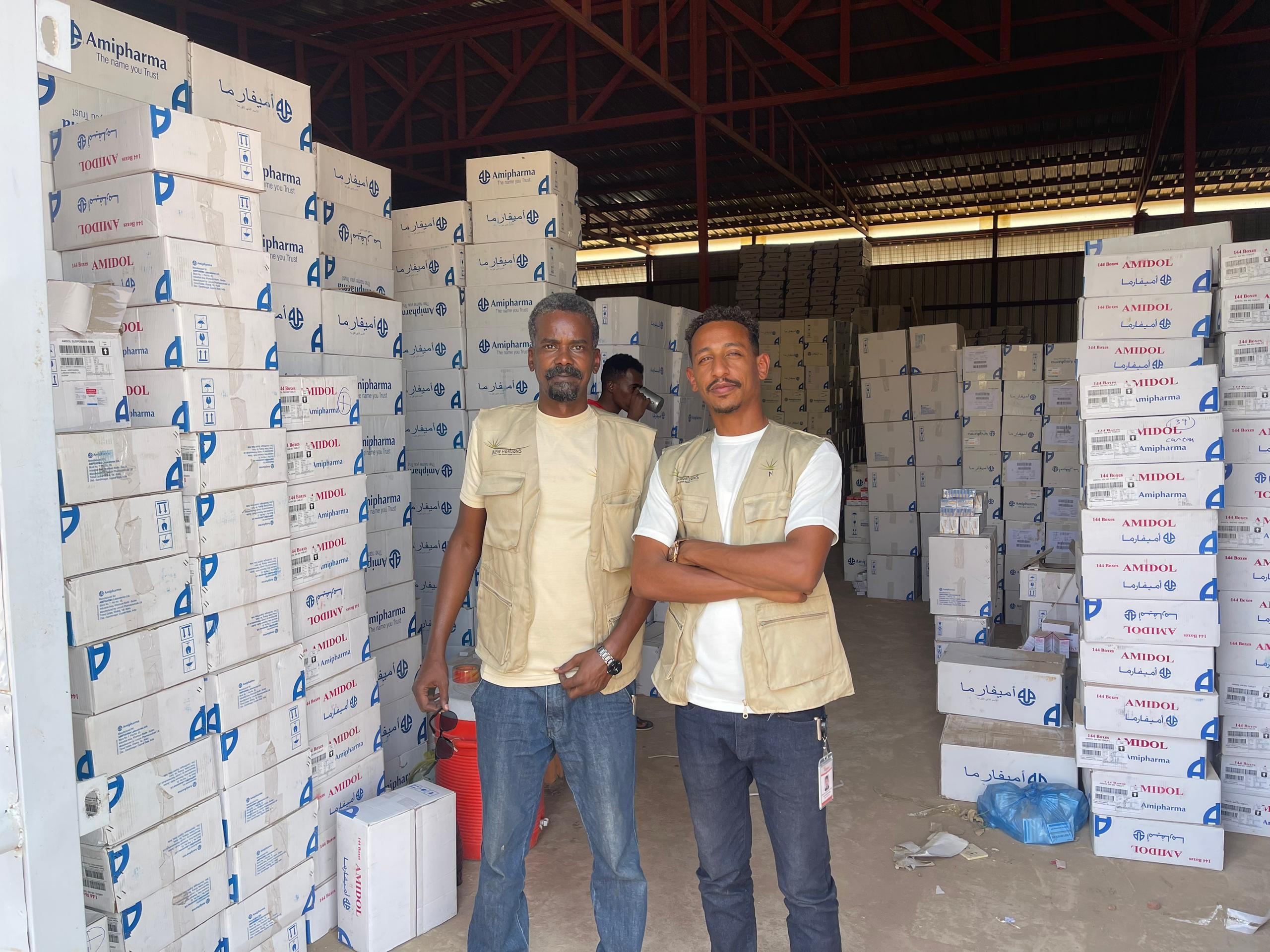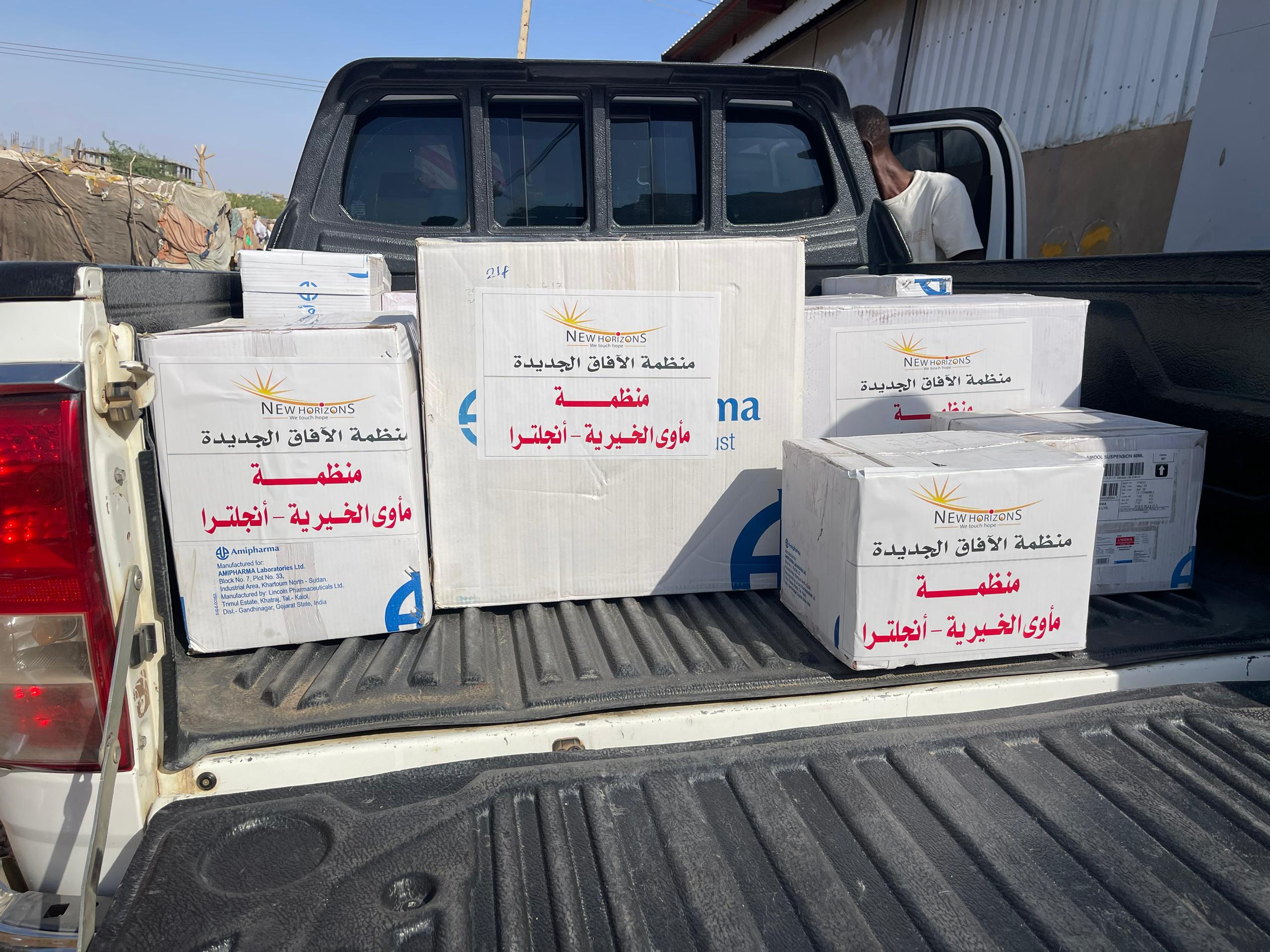Key features and goals:
- Accessibility: They bring healthcare to people who lack access to regular medical facilities, often due to geographical isolation, poverty, or conflict.
- Comprehensive care: They offer a range of services, including basic checkups, vaccinations, treatment of common illnesses, maternal and child healthcare, and sometimes even surgical procedures.
- Emergency response: They can also play a crucial role in responding to natural disasters or humanitarian crises by providing immediate medical assistance.
- Community outreach: They often include educational components to promote preventive healthcare and improve community health awareness.
Types of health convoys:
- Government-led: Organized and funded by government health agencies.
- Non-profit organizations: Operated by charitable organizations focused on global health.
- Private initiatives: Led by individuals or groups who volunteer their time and resources.
- Military-supported: Involving medical personnel from armed forces.
Impact:
Health convoys have a significant impact on improving healthcare access and outcomes in underserved communities. They can:
- Reduce mortality and morbidity rates from preventable diseases.
- Improve maternal and child health outcomes.
- Increase access to essential medicines and vaccinations.
- Promote healthy behaviors and disease prevention.
- Strengthen local healthcare systems.
Challenges:
- Funding and resource constraints: Securing adequate funding and resources can be challenging.
- Logistical difficulties: Reaching remote areas and ensuring the safe transportation of personnel and supplies can be logistically complex.
- Sustainability: Maintaining long-term impact can be difficult without sustainable solutions for the communities they serve.
Overall, health convoys are a vital tool for improving healthcare access and promoting health equity in underserved populations around the world.


